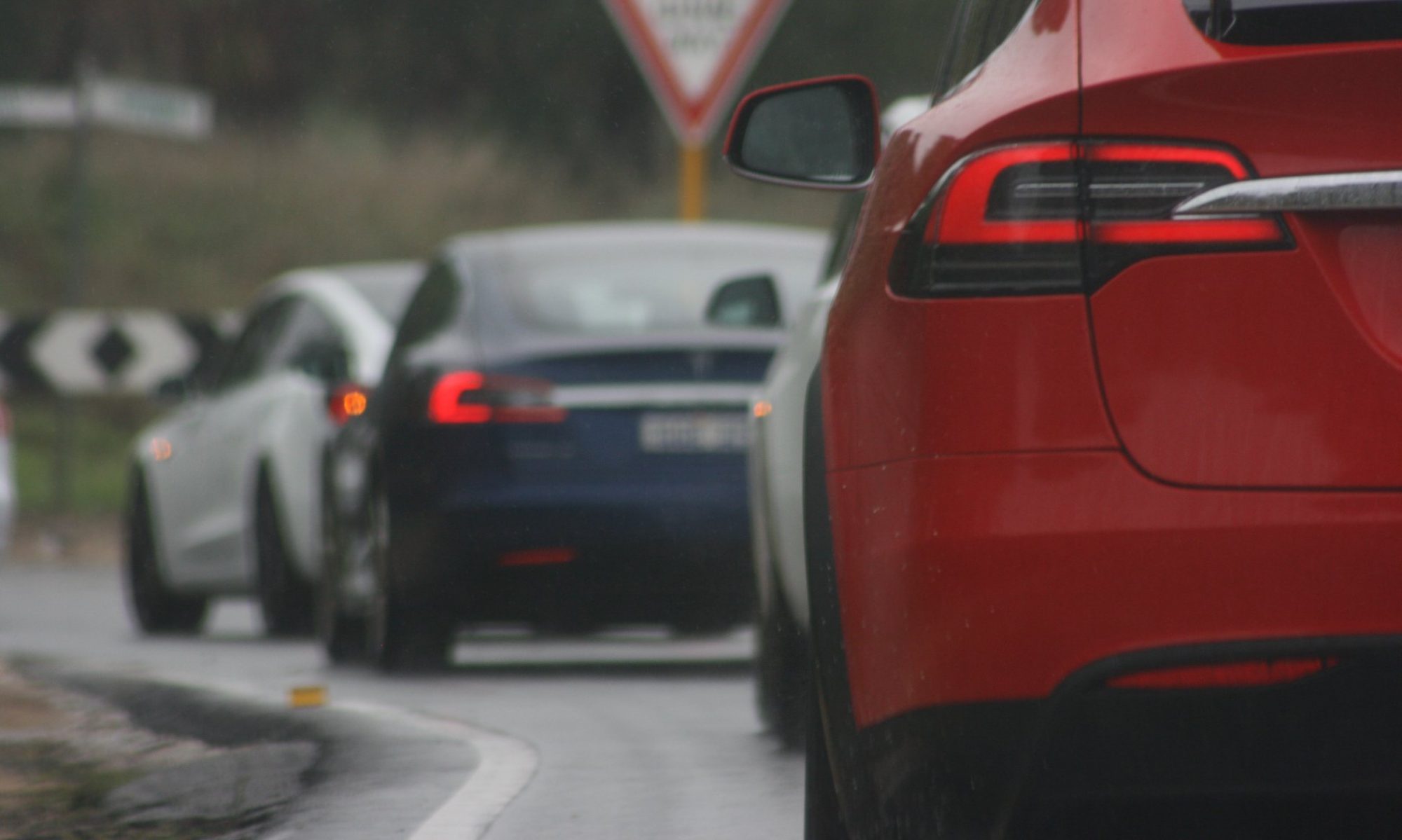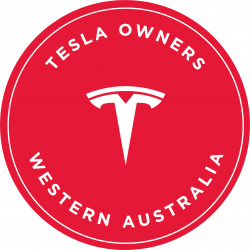First up there is a myth that EVs wear tyres faster than a similar size petrol vehicle due to the extra weight. There has not been a detailed study on this and to be clear if there was a widespread study with dozens of vehicles over many years and large distances the far smoother accelerating and braking of an EV would offset tyre wear from the extra weight. The problem is the myth has a strong foothold so many EV owners use it as an excuse for their excessive tyre wear.
Tyres have a large amount of information moulded on to the sidewall. As well as the sizing there’s also the speed index, weight index and tyre wear rating, a number normally between 200 and 500. A higher number suggests a longer lasting tyre but there is a possibility that a small amount of grip could be sacrificed so think carefully before changing from the tyres fitted in the factory by Tesla, especially the performance models.
So even after considering the tyre wear rating you’re still getting far less distance from the same tyre/vehicle combo as another Tesla owner, why could this be?
Poorly maintained tyre pressures – Stick to the cold pressures recommended by Tesla and check them on a regular basis. Keep in mind to check during the first few hundred metres of a drive before the tyres heat up.
A high amount of driving on coarse chip seal country roads.
A high amount of driving in built up areas with stops signs, traffic lights and most of all roundabouts.
Failing to rotate the tyres.
Possible misalignment due to a family member hitting a kerb or a pothole and not owning up to it.
And lastly, your driving style. No one wants to hear this but the combination of low centre of gravity and lack of engine noise lulls EV drivers into thinking they’re driving slower than they really are, but in reality your cornering faster, accelerating faster and generally putting the tyres under more pressure than you would in most petrol cars, continually driving like this scrubs the tyres out in no time at all.

